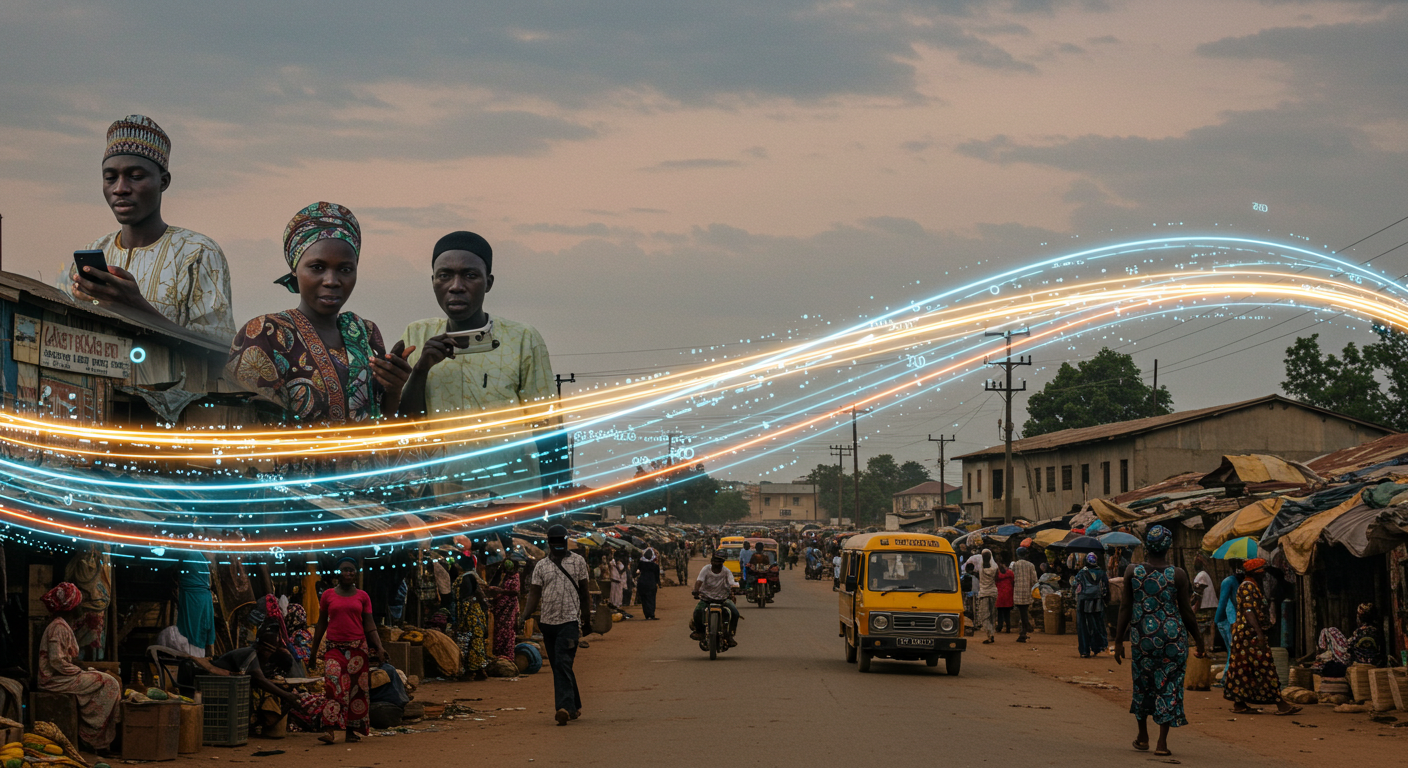In the dynamic fabric of Nigeria’s growing economy, Lagos is often portrayed as the undisputed centre of business and consumption. While the megacity undoubtedly draws significant marketing attention, a quiet shift is taking place.
Savvy businesses are gradually recognising that the real, untapped frontier for growth lies beyond the well-established “Lagos bubble”. The focus is shifting to Nigeria’s rapidly developing Tier 2 and Tier 3 cities.
These fast-changing urban and semi-urban centres are now home to millions of potential consumers. These consumers are increasingly ready for digital adoption and enjoy growing purchasing power.
However, this strategic shift does not come without challenges. Success in these markets requires a deep understanding of infrastructure gaps, unique media consumption habits, and the vital art of localised engagement.
Entering these secondary and tertiary markets often brings significant infrastructure challenges. While road networks are improving, they still pose logistical hurdles. These affect the smooth distribution of fast-moving consumer goods (FMCG) and the timely delivery of e-commerce orders.
Read also: Nigerian brands, government elevate children’s day for all
Power supply, though better in some locations, remains erratic in many others. This affects everything from cold storage for perishable goods to customers’ ability to charge mobile devices for digital interactions.
To address these issues, companies are turning to creative distribution models. These include partnering with local aggregators, setting up smaller distribution hubs, and using community-based agents. Such strategies help bridge the last-mile gap and ensure products reach even the most remote areas.
Mobile network providers have also been extending their coverage. However, large portions of the population, particularly in rural outskirts, still rely on slower 2G or 3G networks, as 4G service remains inconsistent.
Media consumption in these emerging areas differs significantly from what is typical in Lagos. Although smartphone use is rising, and platforms like Facebook and WhatsApp are popular, traditional media still play a major role.
Radio remains one of the most effective ways to reach broad audiences. It is commonly heard in homes, marketplaces, and public transport.
Online content in these areas is largely consumed for entertainment, social interaction, and practical knowledge. Data affordability greatly influences viewing habits.
As a result, marketing content must be adapted to suit this diverse media landscape. Many campaigns now focus on platforms that use less data or offer offline viewing. This ensures accessibility for a wider audience.
Localised content is essential when entering these promising markets. A generic, one-size-fits-all approach is often ineffective.
Instead, businesses carefully craft marketing materials, including adverts and brand messages, to reflect local culture, language, and aspirations.
This may involve using local dialects, culturally relevant visuals, and endorsements from respected local figures or community leaders.
Authenticity matters deeply. Consumers in these areas tend to be more discerning. They prefer brands that truly understand and respect their unique identities over those pushing generic national narratives.
True community involvement is now seen as vital to successful market entry and long-term growth. This extends beyond advertising. It involves active participation in local events, support for grassroots initiatives, and establishing physical presence wherever possible.
For fintech companies, this could mean working with local market associations to promote digital payments. These engagements address security and usability concerns through direct, face-to-face interaction.
E-commerce platforms are building trust by using local agents as pick-up points or intermediaries. This approach builds credibility among first-time digital shoppers.
Such efforts foster trust and loyalty, which are crucial in markets where word-of-mouth and social validation are powerful influencers.
Expanding into Nigeria’s Tier 2 and Tier 3 cities is no longer optional. It is a strategic imperative for businesses aiming to thrive in Africa’s largest economy.
These regions are emerging as the next frontier of consumer demand. They offer enormous potential for FMCG brands, telecom operators, fintech startups, and e-commerce platforms alike.
While the challenges are significant, companies are addressing them through innovative distribution methods, adaptive media strategies, culturally sensitive messaging, and deep community engagement.
By stepping outside Lagos’s familiar boundaries, businesses are uncovering a rich and diverse consumer base. This base is eager to engage with brands that offer thoughtful, localised solutions tailored to their needs.
Here lies the true future of Nigerian marketing.
Watch also: Also Watch: MARKETING EDGE ONTV







Comment
No comments found.